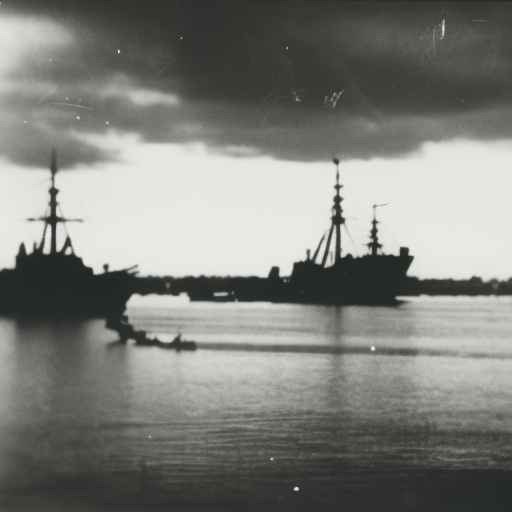Battle of Haarlemmermeer: A Decisive Naval Conflict in the Dutch War of Independence
The Battle of Haarlemmermeer, fought on 26 May 1573, was a significant naval engagement during the Dutch War of Independence. Taking place on the Haarlemmermeer lake in the Netherlands, the battle pitted the Dutch rebels, known as the Watergeuzen, against the Spanish fleet. The Dutch victory in this battle played a crucial role in the eventual liberation of the city of Haarlem from Spanish control.
The Background:
By the 16th century, the Netherlands was under Spanish rule, and the Protestant Dutch population began to revolt against the Catholic Spanish authorities. The Dutch War of Independence, also known as the Eighty Years’ War, was a prolonged conflict between the Dutch rebels and the Spanish Empire. The city of Haarlem, located in the province of Holland, was a key stronghold for the Spanish forces.
The Dutch Strategy:
The Dutch rebels devised a plan to break the Spanish siege of Haarlem by flooding the surrounding area. They aimed to use the Haarlemmermeer lake as a defensive barrier, preventing the Spanish from reaching the city. To execute this plan, the Dutch rebels needed to control the lake and defeat the Spanish fleet.
The Battle:
On 26 May 1573, the Dutch rebel fleet, led by Admiral Cornelis Dirkszoon, engaged the Spanish fleet on the Haarlemmermeer lake. The Dutch fleet consisted of around 26 ships, while the Spanish fleet had 30 ships. The battle began with intense cannon fire from both sides, causing significant damage to the ships.
The Dutch rebels employed a clever strategy during the battle. They used their smaller and more maneuverable ships to their advantage, attacking the larger Spanish galleons from multiple angles. This tactic allowed them to inflict heavy damage on the Spanish fleet while minimizing their own losses.
The Turning Point:
As the battle progressed, the Dutch rebels gained the upper hand. They managed to capture several Spanish ships and sink others, effectively reducing the Spanish fleet’s strength. The Spanish commander, Admiral Bossu, attempted to regroup his forces and launch a counterattack, but the Dutch rebels continued to press their advantage.
The turning point of the battle came when the Dutch rebels successfully boarded and captured the Spanish flagship, the Inquisidor. This decisive action demoralized the Spanish fleet and led to a general retreat. The Dutch rebels emerged victorious, securing control of the Haarlemmermeer lake and effectively breaking the Spanish siege of Haarlem.
The Aftermath:
The Dutch victory at the Battle of Haarlemmermeer had significant consequences. With the Spanish fleet defeated, the Dutch rebels were able to resupply the city of Haarlem, bolstering its defenses. The Spanish siege of Haarlem continued for several more months, but the Dutch rebels’ success in this battle gave them a much-needed morale boost.
Ultimately, the city of Haarlem was liberated from Spanish control in July 1573. The Dutch rebels’ victory at the Battle of Haarlemmermeer played a crucial role in this outcome. It demonstrated the rebels’ military capabilities and boosted their confidence, inspiring further resistance against Spanish rule.
The Battle of Haarlemmermeer is remembered as a significant event in the Dutch War of Independence. It showcased the Dutch rebels’ naval prowess and their ability to challenge the mighty Spanish Empire. The battle’s outcome had far-reaching implications, contributing to the eventual establishment of an independent Dutch Republic.












